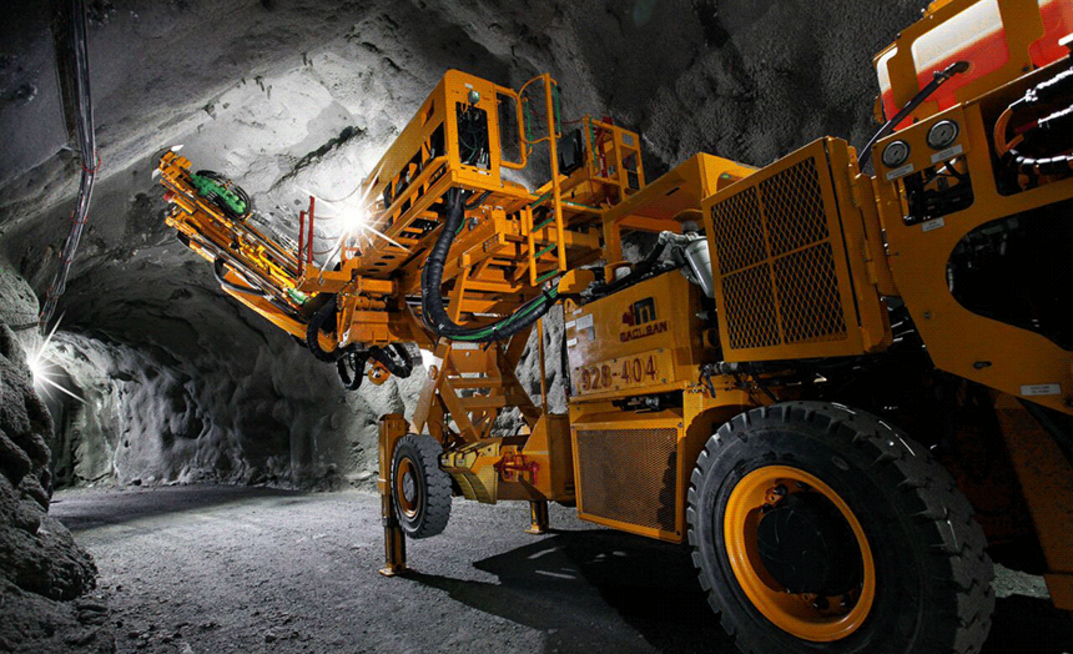The promise of electrification in underground mining has the industry buzzing. Bulk sample ramp construction at Goldcorp's Borden project in Ontario is well underway, Glencore's planning for two key, diesel-free underground projects in the Sudbury region - Onaping Depth and Nickel Rim Deep - continues to move forward and, a growing list of major mining projects in Canada as well as globally are taking serious looks at making the electric vehicle (EV) transition.
The drivers incenting mining companies to choose battery powered fleets represent a compelling mix of benefits: significant reduction in ventilation energy requirements (at least 30% less) and associated surface infrastructure, elimination of diesel fuel costs (tens of thousands of dollars per EV unit, per year), and reduced maintenance costs (maintenance-free batteries and 25% fewer parts on battery electric propulsion vs. diesel rigs).
Comparing the EV up-front capital premium versus the operational savings over the lifecycle of a piece of battery powered mobile equipment seems straightforward but, like all stats, is loaded with a wide range of assumptions and variables that shift the outcome of the simple math equation of reduced ventilation energy, maintenance and diesel fuel requirements in a diesel-free mine.

For the MacLean range of specialty mobile equipment across our product lines (ground support and production support), you can plug in a range of conservative assumptions for annual hours of operation, unit-specific utilization, availability and duty cycles, EV vs. diesel ventilation requirements, electricity costs, mine air cooling and heating costs, distributed diesel fuel costs, and average labour rates on expected maintenance…and pretty quickly you can come up with an average annual savings per unit in the $150,000 range.
The following table models the annual, per-unit operating cost savings from a five-unit fleet of MacLean battery electric units, consisting of one bolter and four utility vehicles:
Of course, if you raise or lower any one of the model's input assumptions, you can move the needle significantly on the overall EV savings projections. What's more, these numbers don't include any costings for improved productivity from better underground air quality, or greater operator comfort through reduced vibrations, noise and heat on EV units. But the point is that whatever assumptions you build your model out with, it's once you start stacking up multiple EV units in a mine that recurring savings start to add up.
MacLean continues to compile total cost of ownership (TCO) data as we approach the one-year milestone of our battery electric product line working underground in Canada - seven units at three different mines - along with one additional BEV unit currently being trialed. So, stay tuned for updates in the weeks and months to come, as we validate our performance and operating cost savings models with real-world data from real-world mines.
ABOUT THIS COMPANY
MacLean Engineering
MacLean Engineering designs mining equipment that increases productivity, reduces costs and enhances operator safety by leveraging multi-discipline engineering expertise, hard rock mining knowledge, and custom manufacturing experience.
For more information:
-
Website: www.macleanengineering.com
-
Facebook: @MacLeanMining
-
Twitter: @MacLeanEng


























